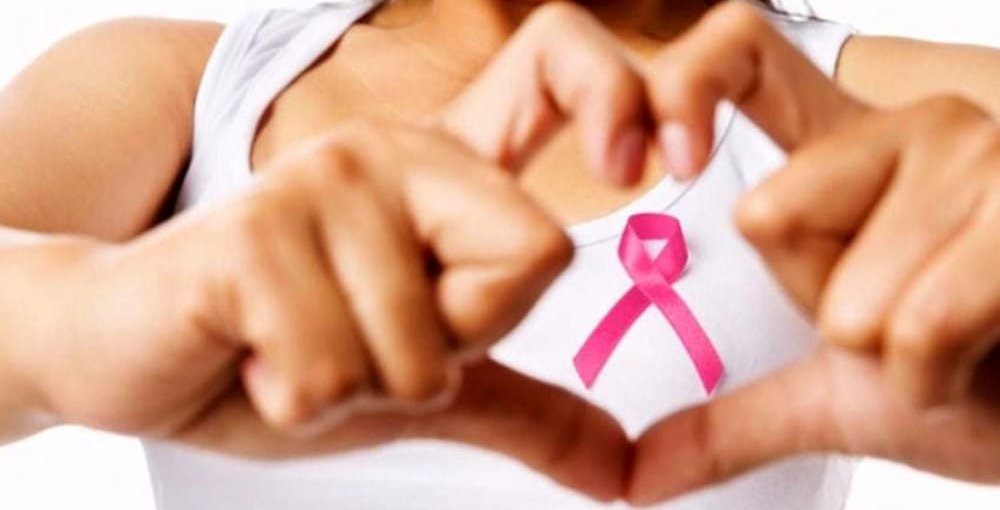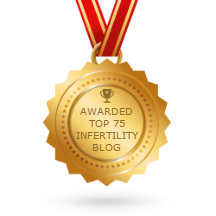Not all Lumps are Cancer – Fibroadenoma
Regular breast examination is recommended by doctors all around the globe because any lump or formation in the breast usually indicate a breast disease that may require immediate treatment. However, contrary to popular belief, every lump in the breast is not necessarily malignant and may not be a sign of breast cancer. There are several other conditions that may be the reason behind these lumps, and Fibroadenoma is one of them.
What is Fibroadenoma?
Fibroadenoma is a noncancerous tumour typically found in women under the age of 30 years. These tumours are made out of breast tissue as well as stromal or connective tissue and can occur in one or both breasts. Fibroadenomas are classified into two types – Simple Fibroadenoma and Complex Fibroadenoma. The simple tumours look uniform from all angles under a microscope and do not increase the risk of breast cancer while the complex tumours contain fluid filled sacs and macrocysts that are discernible even without a microscope and may increase breast cancer risk. In most cases of growing Fibroadenomas, doctors recommend removal, therefore it is important to examine your breasts regularly for early detection.
Causes of Fibroadenoma
Although the exact causes of Fibroadenoma have not yet been identified, hormones such as estrogen seem to play a role in the formation of these tumours. According to studies, the women who take oral contraceptives before the age of 20 are more susceptible to this condition. Also, although not scientifically proven, claims by some women suggest that the decreased intake of stimulants such as tea and coffee helps improve the condition of the breasts. Fibroadenomas tend to grow during pregnancy and shrink after menopause. Sometimes, they may even resolve on their own.
Symptoms of Fibroadenoma
Although some Fibroadenomas are so small that they cannot be felt, the larger ones can be detected by physical examination. The tumours feel quite different from the surrounding tissue and have detectable edges and shape. They can be moved under the skin and are usually not tender and instead feel like marbles. Once a lump is detected, the diagnosis may be confirmed using a breast ultrasound or a mammograph.
Treatment of Fibroadenoma
Depending on your family history, physical condition, and the size of the tumour, the doctor may advise you to get the Fibroadenoma removed. Removal is recommended in the cases when the lump is growing, modifying the natural shape of the breast, or causing pain. It is also recommended to remove the lump if you have a family history of cancer or if the biopsy results show some risk of cancer. If your lump is not growing and is not painful then you may not need to get it removed but in such a case, make sure to examine your breasts regularly to ensure that a tumour has not grown. Also, even if the lump is removed, it may still reappear, so in any case, regular and thorough breast examination is a must for all women.
It is understandable that breast diseases tend to frighten a lot of women but routine self-exams are the best ways to detect them early and nip them in the bud. If you find a lump in your breast then do not get panicked, it may not be cancerous and could be something benign such as Fibroadenoma. However, cancerous or not, any abnormal growth in the breasts needs immediate medical attention, so contact your doctor whenever you detect such lumps in the breast region. With proper diagnosis and treatment, Fibroadenoma and other breast diseases can be treated effectively but you need to be vigilant to ensure that they do not go undetected. So, stay careful and consistent with your breast exams to take charge of your own health.
If you feel like you might be experiencing issues with lumps in your breasts, it’s always better to have it checked out by professionals. With the expert team at Shrikhande IVF, you can rest assured that all your breast related medical issues will be thoroughly investigated and treated.
When you are looking for someone to treat your breast issues, always go for the best. Go for Shrikhande IVF.
Tags: Causes of Fibroadenoma, lumps in the breast, Symptoms of adenoma, treatment of adenoma





 (+91) 880 557 7600
(+91) 880 557 7600
 Abhyankar Road, Dhantoli, NAGPUR-12
Abhyankar Road, Dhantoli, NAGPUR-12






Leave a Reply